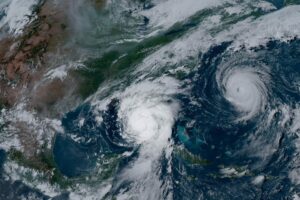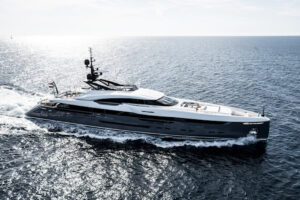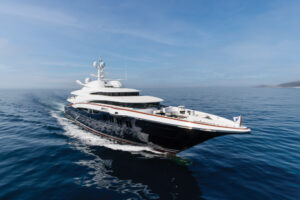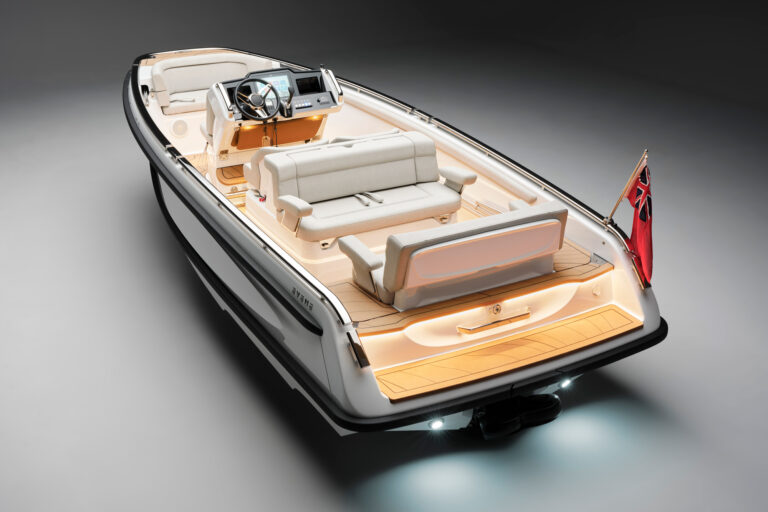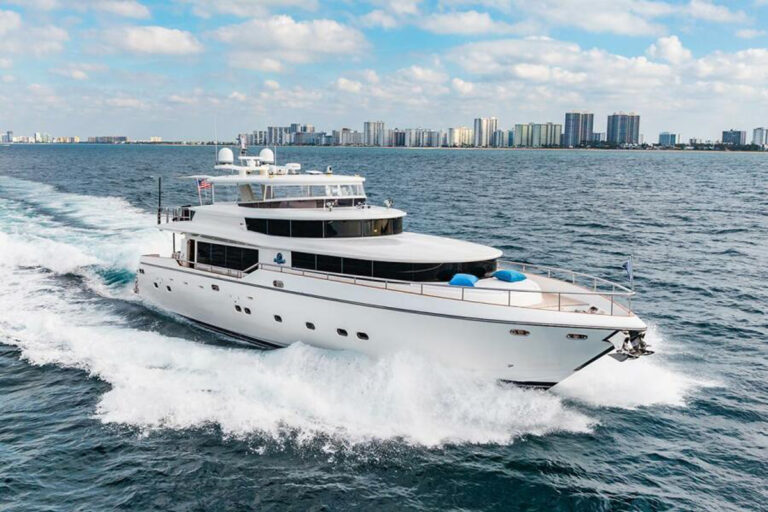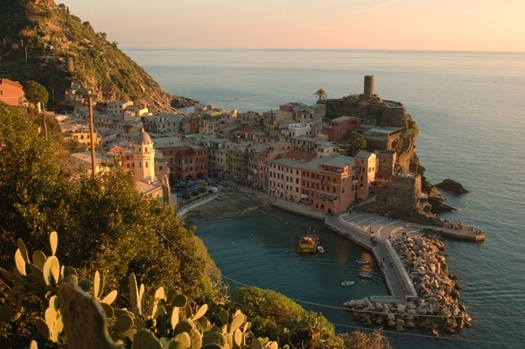
ytgjun25sun525.jpg
When the Riviera comes up, it’s more often than not a reference to the French Riviera. And though Nice has long been one of my favorite cities, it was only recently that I discovered the Riviera di Liguri or Ligurian Riviera, which picks up where the French one leaves off. This strip of coastline running between Ventimiglia and La Spezia is squeezed between the Ligurian Sea and Maritime Alps and Apennines mountains. The western length of this strip, between Ventimiglia and Genoa, is known as the Riviera di Ponente. The coastline between Genoa and La Spezia is called the Riviera di Levante.
One of the many great things about this part of the world is the gorgeous scenery. The Riviera di Levante, for instance, in the course of its brief 110 miles, runs along cliffs, through forests, and past ancient fishing villages. It is all spectacularly beautiful, and especially in the summer, a favored vacation spot. The climate is mild year-round, so you can avoid the worst of the traffic by going in the spring or fall, although you do miss out on the Euro-glam quotient and the height of the yacht scene. Towns like Portofino and Santa Margherita are stunning no matter when you visit, and though off-season you will find fewer stores and restaurants open, you’ll still have plenty of dining and shopping options and a lot more elbow room.
Portofino, the most famous town of the Italian Riviera, is a small fishing village that tumbles down a hillside to a tiny cove. These days, the cove is usually studded with superyachts and the winding streets are lit by dozens of glittering, high-end boutiques.
Nearby Santa Margherita has a promenade along a rocky beach and a much larger harbor, and also plenty of dining and shopping. The walk between Portofino and Santa Margherita takes less than an hour and is quite beautiful, but make sure you continue over the promontory to San Fruttuoso de Camogli. A tiny town on the shore, it is home to a large Benedectine monastery-right on the beach-and the famous Christ of the Abyss, a larger than life size bronze statue of Christ that’s 50 feet underwater. In the summer, glass bottom boats take tourists to see the figure, which was submerged as a monument after a local drowning.
Further down the coast toward La Spezia is the famed Cinque Terre region, known for the five ancient towns whose dramatic hillside locations have shielded them from some of the worst types of modernization. A series of trails connect the villages, so you can hike between them all.
At the other end of the Ligurian Coast, nearer to France, are the sun-washed towns of San Remo (known for its flower industry) and Savona, (known for its palms.) In between is Genoa, the birthplace of Christopher Columbus and a fascinating city. An important seaport, Genoa is also known as “la superba,” because of its important place in maritime history. The oldest section of the town is medieval, and the area known as Nuova Strada (New Street) is, in fact, lined with palatial homes dating from the mid 1500s. But the waterfront, at the foot of the Porto Antico, has been revivified in recent years with the addition of some striking modern buildings, including the Aquarium and the Maritime Museum.
The Italian Riviera most certainly makes the short list of places you have to see someday, as well as the even shorter list of places you could spend the rest of your life enjoying.

